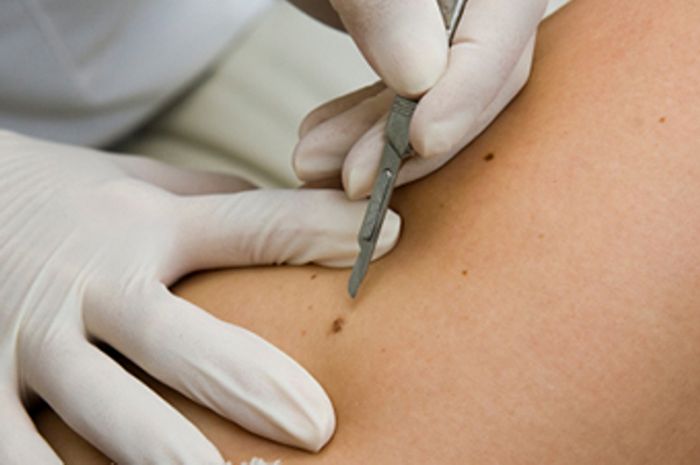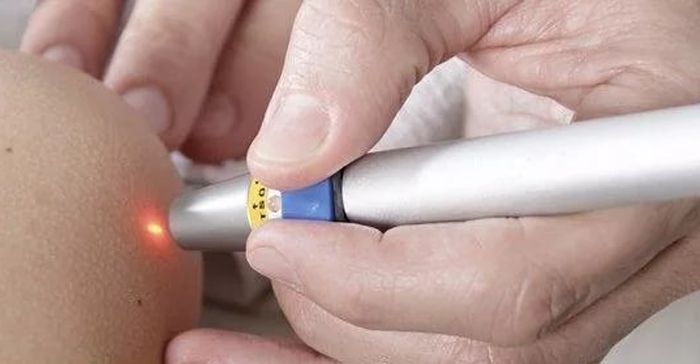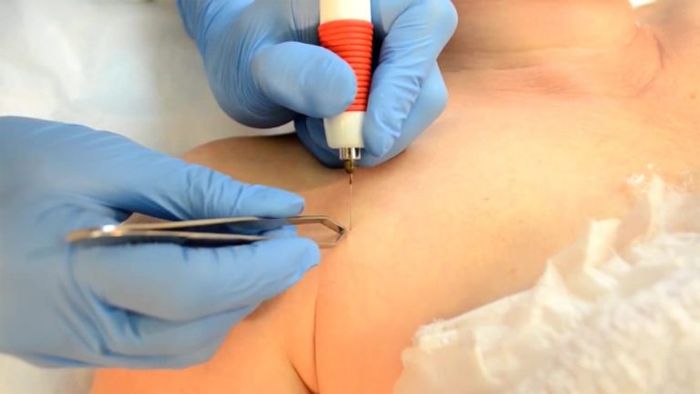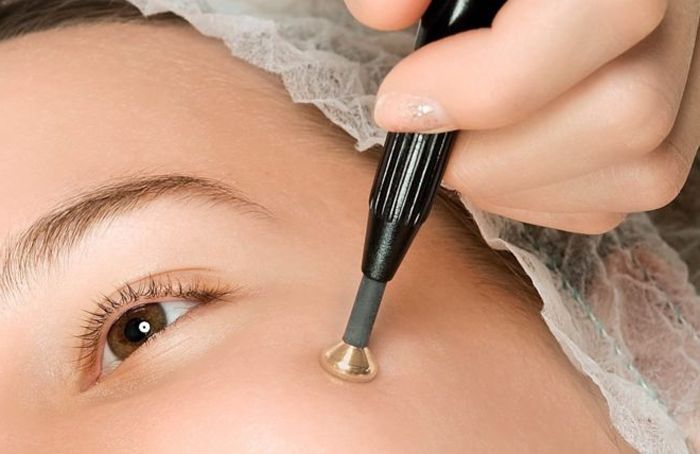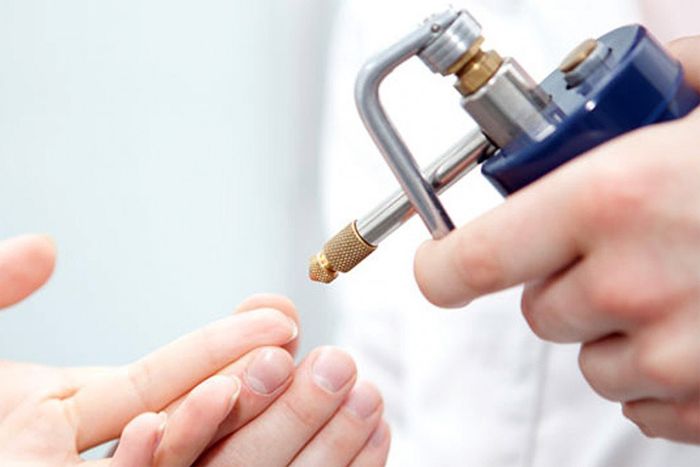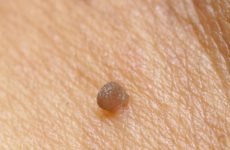If a new mole has appeared on the skin and causes excitement, you must definitely show it to a dermatologist. Such a speck may indicate a disease caused by the human papillomavirus.
Some of the formations are safe, but some can cause the development of oncology. What is the danger of papillomas, and how to deal with them, the specialist knows, so do not torment yourself with guesses, but feel free to rush for advice to a qualified doctor.
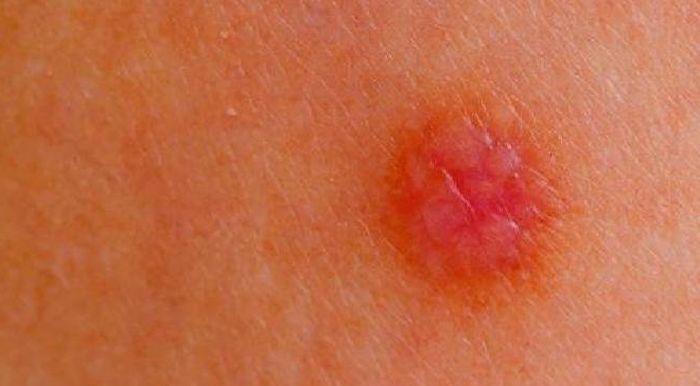
Содержание:
HPV – what is it?
Before you figure out what papillomas are and why they are dangerous, you need to familiarize yourself with the cause of their appearance. The name HPV (human papillomavirus) is used by specialists for a whole group of viruses that provoke the appearance of various formations on the skin and mucous membranes.
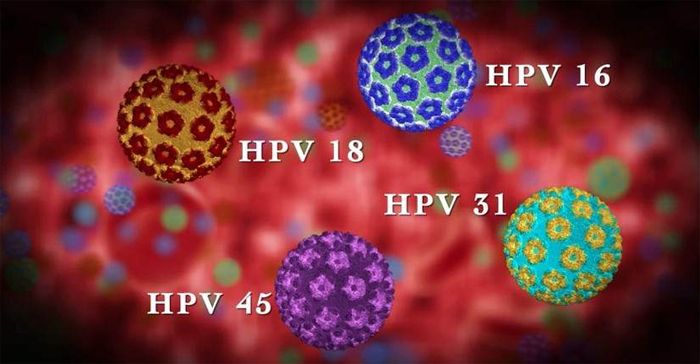
Most of the strains, namely the name of a certain type of virus, form benign papillomas. The question arises, is papilloma dangerous? They are not dangerous as long as they are not injured. If the growth is hooked, scratched, torn off, then it carries 2 dangers.
- First, it is a source of active viruses. Thus, you can infect loved ones, and even more spread the warts on your skin.
- Secondly, a secondary infection can join the wound, and this is already fraught with suppuration and even blood poisoning. But this is only the tip of the iceberg. There are only oncogenic viruses. If they provoked the appearance of education, then after a while the papilloma can become malignant. Very often, HPV causes cancer of the cervix, penis and skin.
The most dangerous viruses include strains: 31, 33 , 35, 39 16, 18, 45, 51 , 52, 59 , 58, 66 , 68. It is they who give impetus to cancer. If you ask the question whether papilloma is dangerous, then in this particular case the answer is unequivocal – if it is caused by oncogenic viruses, then it is dangerous.

Ways to get the virus into the body and precautions
Since papillomas are dangerous, you need to know how the virus can enter the human body. HPV settles in small skin cracks, wounds, abrasions and scratches. And it gets to a healthy person only from a sick person.
The most common way of infection is any form of sex (vaginal, anal, oral). It is in this way that oncogenic strains can be obtained. Moreover, growths can appear on the external and internal genital organs , on the skin around the anus, on the hands and even in the oral cavity.
But other than that, the virus is transmitted:
- To a child, during the passage of the birth canal, from the mother.
- Through general hygiene items (washcloths, towels, razors, scissors).
- In the bath, sauna, pool, there is also a possibility of infection.
But don’t panic. You just need to adhere to the rules of personal hygiene and not have sexual contact with the first partner you meet. Vaccination is another precautionary measure. Adolescents are given three vaccinations that create strong immunity to oncogenic HPV.
But such a procedure must be done even before a person begins to have sex. Otherwise, the infection has already been, and the vaccine will not give the desired effect.
The danger of the virus is that immediately after infection, papillomas may not appear on the body. For a very long time, it is in the human body in sleep mode, since the immune system suppresses it. And when the protective functions decrease, the first growths appear.
The reasons for the decrease in immunity can be:
- Frequent viral infections.
- Long-term use of drugs.
- Wrong way of life.
- Monotonous food.
- Chronic diseases of the gastrointestinal tract.
- Frequent nervous breakdowns and stressful situations.
- Bad habits.
How to determine if papilloma is dangerous
It is better not to do this on your own. Only a doctor after the diagnostic procedures performed (PCR, DNA analysis of the virus, histology of education) will answer the question of interest whether the papillomas that have appeared on the body are dangerous.
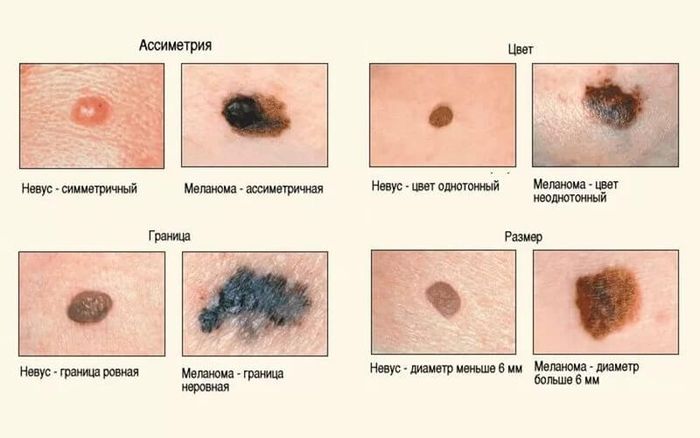
But if a person notices that the size of the formation is changing rapidly, there are changes in color, this is a reason to quickly run for a consultation. If no procedures were performed to remove the papilloma, then most likely rebirth began, which means that the diagnosis of oncology is close.
What to do with formations
If the papillomas themselves are not as dangerous as their damage, is it possible to remove them. Doctors believe that it is not only possible, but necessary. The main thing is to choose the right way to remove formations. If patients still ask the question, is it dangerous to remove papillomas ? Experts answer unequivocally, it is better to remove the formation in time than to treat cancer later.
Modern civilized methods of removal allow you to quickly and almost painlessly remove the external manifestation of the disease. But folk remedies and advice are quite harmful. Most often, traditional medicine removes papillomas due to aggressive substances (acids, alkalis), which not only can not give the desired effect, but also provoke rebirth.
Clinics and beauty salons offer the following procedures for removal:
- Laser.
- A liquid nitrogen.
- Radio wave removal.
- Electrocoagulation.
- Very rarely, conventional excision with a scalpel is used.
The danger of removing papilloma by such methods is that in some cases small scars remain. For any other complications, it is absolutely not dangerous to carry out the procedure. What can not be said about folk medicine. Although some say that the recipes are effective.
In addition to the fact that doctors recommend removing growths, they also offer to undergo a course of drug treatment. It will consist in taking antiviral and immunostimulating drugs. Modern pharmacology has not yet found a cure that could permanently remove the virus from the body.
Removing papilloma and taking medications is just the beginning. Knowing that there is a virus in the body, you need to be more careful about your lifestyle, since it is very easy to provoke the appearance of new formations.
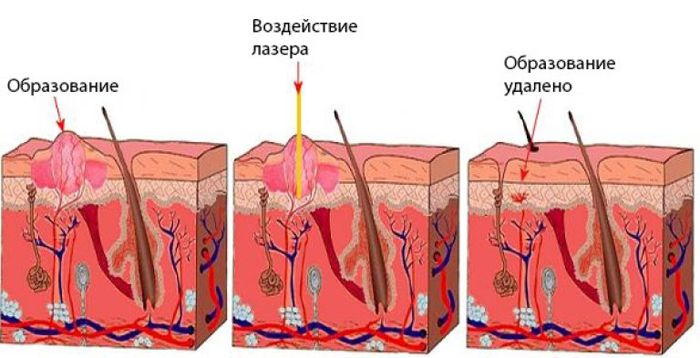
And this means that you will need to undergo treatment again. But here the patient decides whether he wants to be healthy or not. The doctor can only suggest the following activities:
- Balanced diet.
- Sports and active recreation.
- Timely treatment of any diseases.
- Healthy lifestyle.
